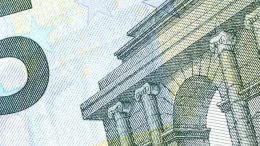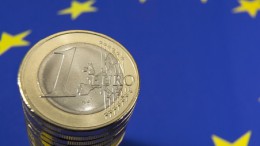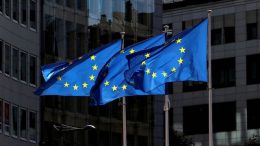M3 monetary aggregate grows at annual rate of 0.9% in euro area in March after 0.4% in February
Link Securities | As released by the European Central Bank (ECB) last Friday, the M3 monetary aggregate grew in March in the Eurozone at an annual rate of 0.9% (0.4% in February), higher than the 0.6% rate expected by FactSet consensus analysts. M3 is considered a good indicator of future economic expansion. In addition, and in March, bank lending to households in the Eurozone rose 0.2% year-on-year compared to a…










